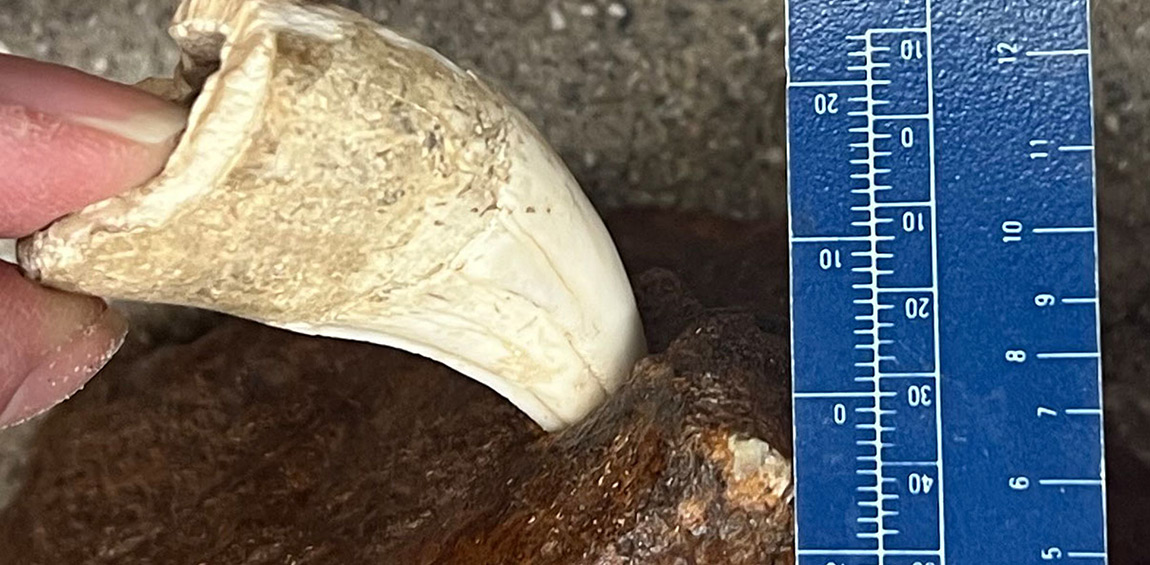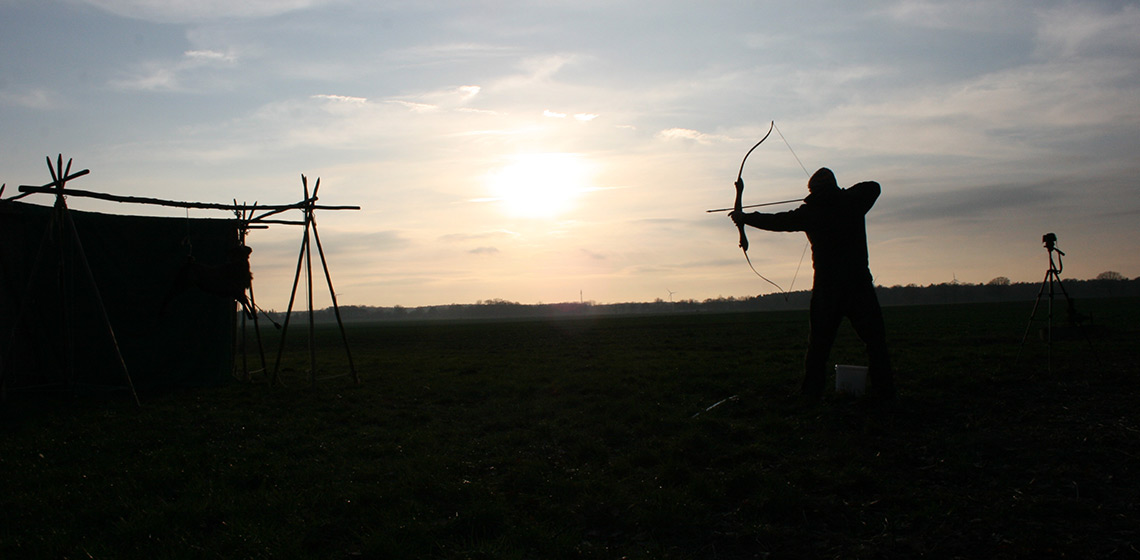hunting
Simulating Organic Projectile Point Damage to Bison Pelves
Publication Date
A large Bison sp. pelvis was discovered eroding out of shoreline sediment at American Falls Reservoir in Bingham County, Idaho in 1953. The ischium section had a unique groove and perforation with a depth of 35 mm and 10 mm in diameter. The pelvis was X-rayed in 1961 for indicators of the origin of the damage, but it could not be ascertained, and human agency could not be ruled out. For the research presented here, the pelvis was CT scanned to look for any foreign material in the perforation and to determine the three-dimensional structure...
Hunting for Use-Wear
Publication Date
Harpoons are an essential part of the hunting toolkit amongst Inuit and have been integral to the material culture assemblage of Arctic groups for thousands of years. The pre-Inuit population known as the Dorset cultures (app. 800 BC–1300 AD) - also sometimes referred to as Tuniit - were highly dependent on a maritime subsistence with harpoon heads as one of the dominant artefact categories at Dorset sites. Although the use of these harpoons is known...
The Arrowheads of the Squared-Mouthed-Pottery Culture: Reconstruction and Shooting Experiment
Publication Date
11th EAC Trento 2019
***This international experimental project focused on the production of replicas of different models of flat-retouched flint arrowheads (stemmed, with flat base, and ogives -with rounded base-) in use within the Neolithic Squared-Mouthed-Pottery Culture (SMP) of Northern Italy. The aim was to test their efficiency in order to understand if...
***This international experimental project focused on the production of replicas of different models of flat-retouched flint arrowheads (stemmed, with flat base, and ogives -with rounded base-) in use within the Neolithic Squared-Mouthed-Pottery Culture (SMP) of Northern Italy. The aim was to test their efficiency in order to understand if...
Shooting Experiments with Early Medieval Arrowheads
Publication Date
In the Merovingian era (5th-8th century AD) a lot of variously shaped iron arrowheads were used by the Franks, Alemannians and Bavarians, who dwelled in the region known today as Germany, Austria and Switzerland. As archaeological artefacts, two-winged arrowheads with rhombic, willow-leaf or triangular blades represent a standard Germanic type. Iron bodkin and needle-shaped tips are also...
Hunting with Cane: Traditional Cherokee Blowguns and Darts
Publication Date
One of the most misrepresented hunting tools of the Southeastern United States is the blowgun. Most people do not realize that virtually every tribe in the Southeast used the blowgun for hunting small game. No on really knows the origin of the blowgun in the Southeast...





